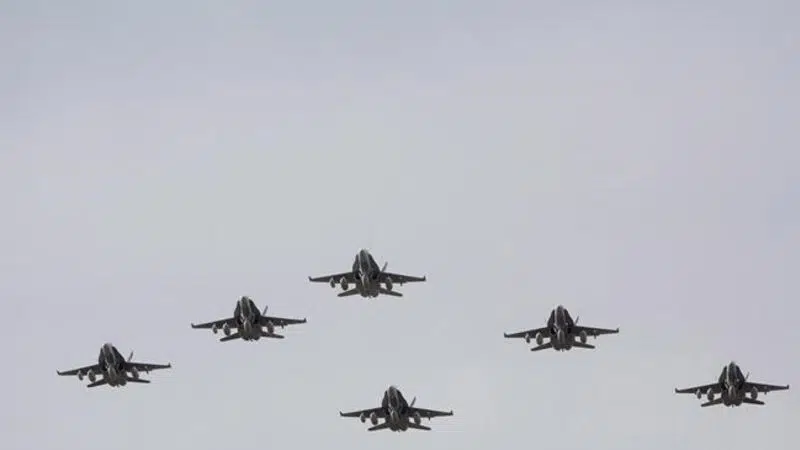
Feds to again underspend on new military kit, threatening NATO target
OTTAWA — The federal government will invest billions of dollars less in new military equipment than promised this year, raising concerns about the readiness of the Canadian Forces and the prospect that Canada will fall short on another NATO spending target.
The Trudeau government in 2017 released a defence policy that included dramatic increases in the amount of money to be spent on new aircraft, ships, armoured vehicles and other military equipment each year for the next two decades.
The investments are considered vital to replacing the Canadian Forces’ aging fighter jets, ships and other equipment with state-of-the-art kit.



